At least 11 more states to open virus vaccines to all adults
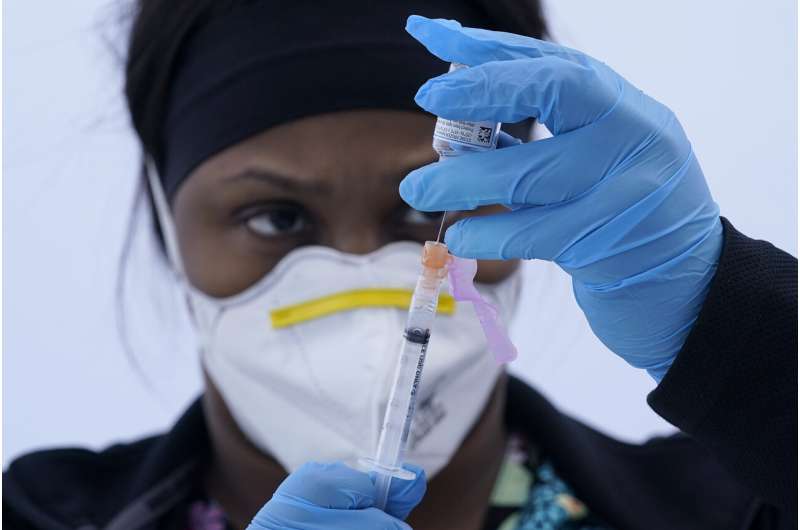
At least 11 states will open vaccine eligibility to all adults this week in a major expansion of COVID-19 shots for tens of millions of Americans amid a worrisome increase in virus cases and concerns about balancing supply and demand for the vaccines.
Meanwhile, the director of the Centers for Disease Control and Prevention said Monday she had a recurring feeling of “impending doom” about a potential fourth wave of coronavirus infections after cases in the U.S. rose 10% over the last week. She pleaded with Americans not to relax preventative practices such as social distancing measures and mask-wearing.
“Just please hold on a little while longer,” Dr. Rochelle Walensky said during a White House briefing. Several Northeastern states and Michigan have seen the biggest increases, with some reporting hundreds or thousands more new cases per day than they were two weeks ago.
A new study by the CDC concluded that the Pfizer and Moderna vaccines were 90% effective after two doses, a finding that Walensky said should offer hope.
States opening eligibility to anyone ages 16 and older on Monday included Texas, Oklahoma, Louisiana, Ohio and Kansas.
The rapid expansion has fueled concerns that eager vaccine seekers will far outstrip the available supply of shots, frustrating millions of newly eligible people who have waited since late last year for a chance to get an injection. Other officials have put their faith in a promised glut of vaccines and instead turned their attention to the next challenge: Pressing as many people as possible to get the shots so the nation can achieve herd immunity at the earliest opportunity.
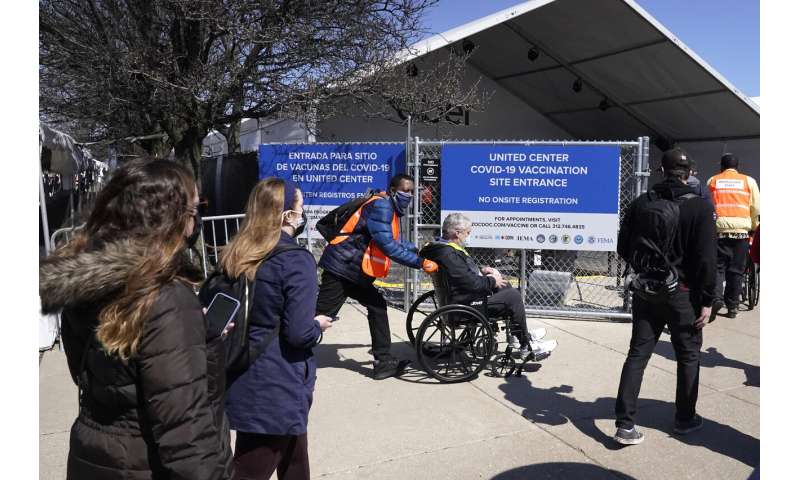
In Kansas, where some local health officials have said they are struggling to find people to vaccinate, another 400,000 people are now eligible for shots. Democratic Gov. Laura Kelly has been criticized by Republicans for a slow and disorganized vaccine rollout, and she faced more criticism Friday when she announced the plan to expand eligibility. One Republican lawmaker said people with chronic medical conditions could be left behind.
Louisiana Gov. John Bel Edwards has said the state will soon have enough shots for everyone who wants one, and that the challenge now is to make sure people want to get vaccinated.
Some counties in Illinois are being allowed to expand eligibility to all this week if they find doses are going unused. Meanwhile, in Chicago, the vaccine will not be available to everyone until at least May 1 because the city does not have enough shots on hand.
On Tuesday, Minnesota opens eligibility, followed by Indiana and South Carolina on Wednesday, Montana on Thursday and New Hampshire and Colorado on Friday. In New York, Gov. Andrew Cuomo announced that residents over 30 will be eligible for vaccinations starting Tuesday, and everyone over 16 will be eligible starting April 6.
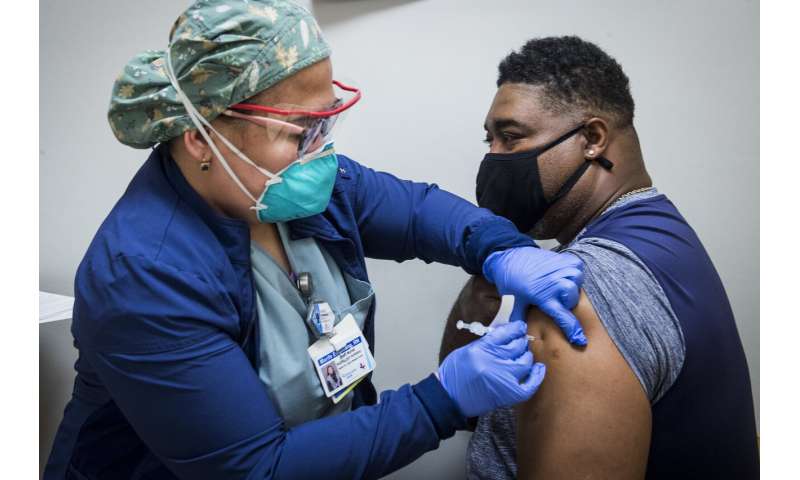
Indiana Health Commissioner Dr. Kristina Box said last week that the wait for an appointment could be extended from three weeks to six weeks or more to ensure the system does not overbook.
Arizona opened up eligibility to everyone 16 and up last week, but has since been dealing with an unintended consequence: Interest in volunteering at four state-run vaccination sites plummeted almost immediately. Rhonda Oliver, CEO of HandsOn Greater Phoenix, a nonprofit handling online volunteer recruitment, said since February, thousands of volunteer shifts filled up within an hour. Now many remain vacant.
“People saw it as a way to get the vaccine sooner,” Oliver said. “We anticipated a drop-off, but we just didn’t expect it to go off a cliff in a matter of 24-48 hours like this.”
On Wednesday, the first day of the new eligibility, only 70 of the scheduled 145 volunteers appeared at State Farm Stadium in Glendale, and dozens of people either withdrew earlier or simply did not show up. Oliver said that put an unfair burden on volunteers who did show up and could not take breaks.

People getting the vaccine, however, should not be affected by the drop. Oliver said volunteer attendance will not affect wait times for those with appointments. HandsOn Greater Phoenix is hoping to lessen the hemorrhaging by reaching out to large companies and community groups looking for service activities. The group is also encouraging friends or family members who have been vaccinated to volunteer together.
Many other states are still holding back amid a continued lack of supply.
California officials said the state can administer 3 million shots a week now, and Democratic Gov. Gavin Newsom has predicted that maximum capacity will climb to 4 million by the end of April. But supplies have limited the effort so far to 1.8 million shots per week, a figure that is expected to increase to 2.5 million per week in the first half of April and then 3 million by the end of April, when everybody 16 and older will be offered the vaccine.
Santa Clara County Health Officer Dr. Marty Fenstersheib said his county has been told it will get 58,000 doses this week, but the state will begin allowing about 400,000 more people between the ages of 50 and 64 in the county to sign up as of Thursday, in addition to the current backlog.
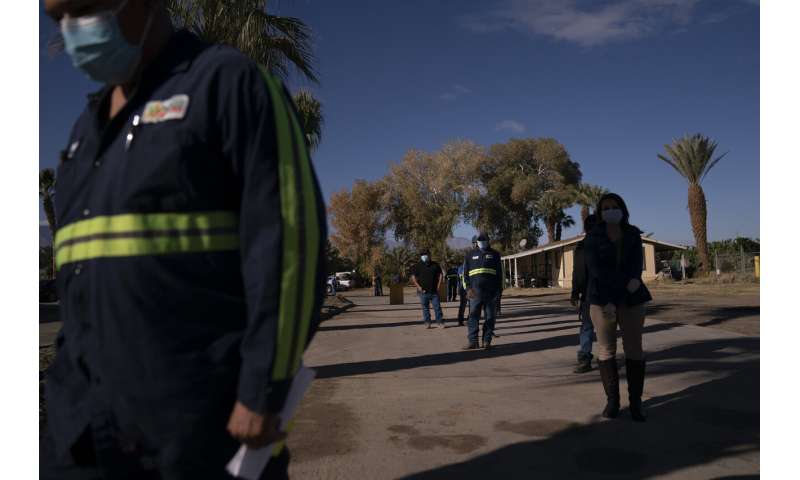
“We don’t have the vaccine, and we are concerned,” Fenstersheib said.
Among the methods officials are employing to reach underserved communities are vans that can be used as mobile clinics that travel to hard-hit neighborhoods and provide on-the-spot vaccinations.
In California, mobile clinics are helping to vaccinate farmworkers who may not have transportation to larger vaccination sites or who cannot navigate the state’s online signup portal. The city of Los Angeles also plans to have 10 mobile vaccination teams.
While demand has dropped off in some communities, it’s as brisk as ever in others, and sign-up hassles continue.
Dwight and Kate Blint both got their first shots Saturday in Hartford, Connecticut, but it took some time and work to do it. For starters, the process to sign up online was simply too confusing, so they decided to call on the phone for appointments. But the two, both 56, with jobs in communications in the insurance business, could not spend hours on the phone. Dwight Blint’s mother, who is retired, agreed to call.
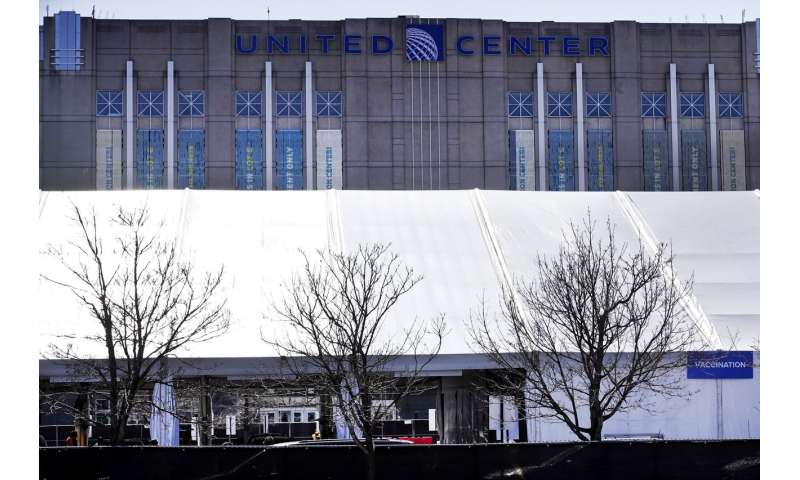
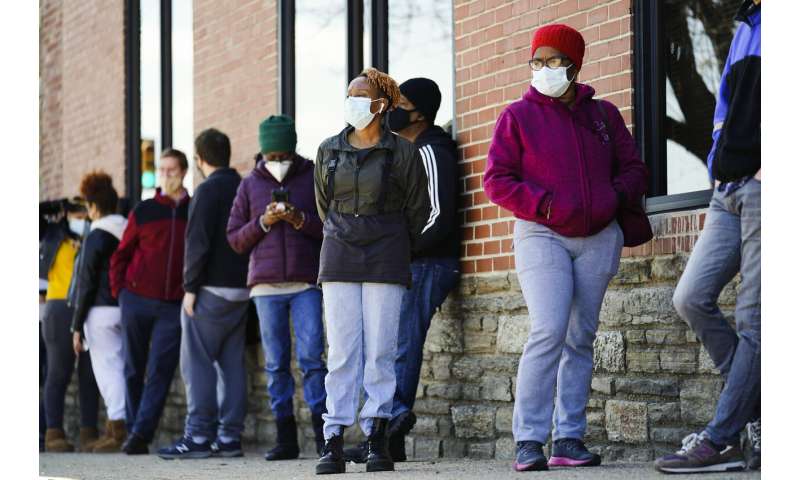
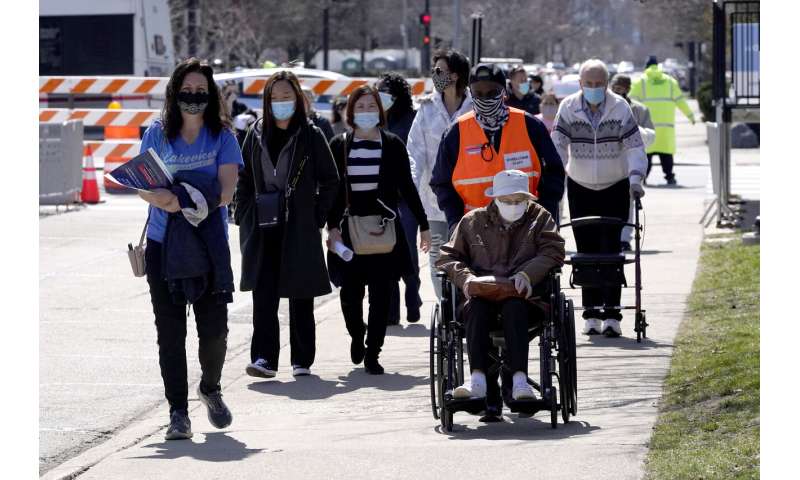
“It took four or five tries, waiting on the phone for a half hour to speak to someone to be told we don’t have an appointment,” he said. “We’re talking hours.”
But the effort was smoother for University of Utah professor Bill Johnson. He said he was bracing for a time consuming and confusing experience but instead found it remarkably easy.
Source: Read Full Article
